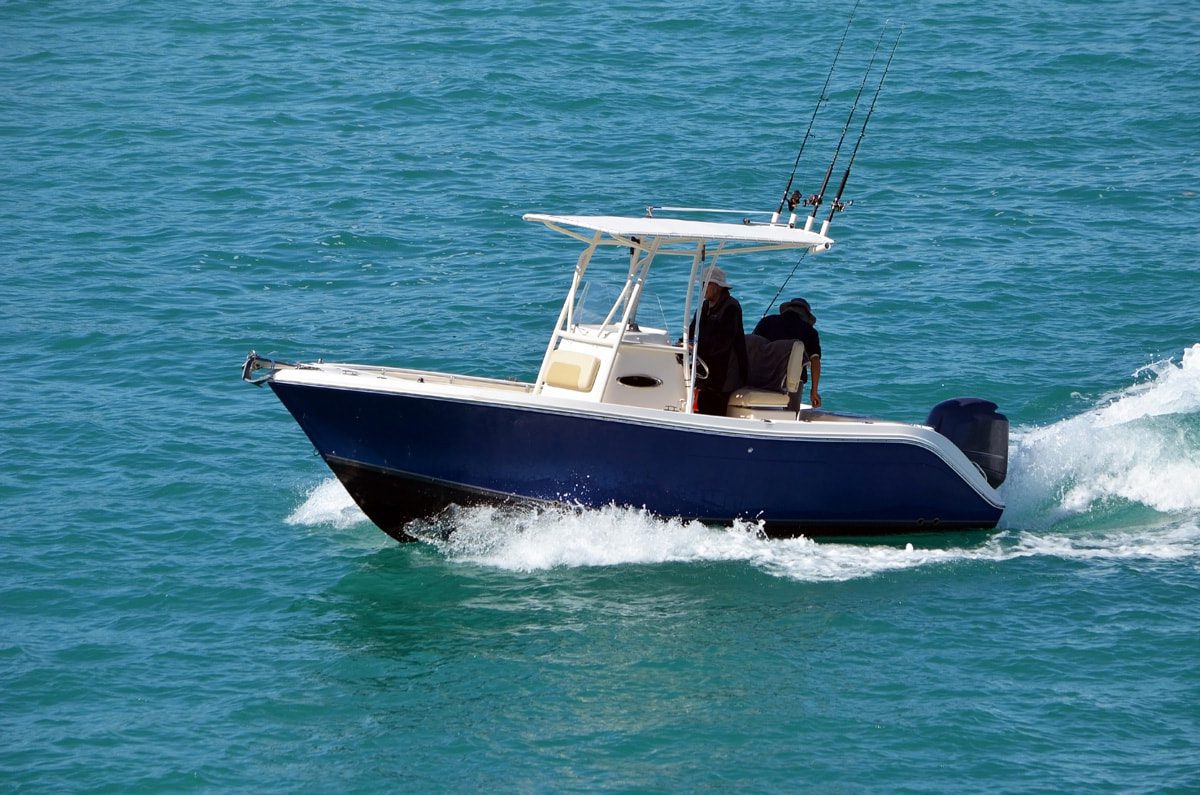Insuring Small Water Craft
You don’t have to insure any boat, by law, but it’s always a good idea to have boat insurance. For some vessels that are not only small but very inexpensive, comprehensive and collision coverage may not be necessary, but at least a basic policy still makes sense.
On the other hand, many smaller vessels are quite valuable so that full coverage is a virtual must. And if you have a loan out on the boat, the lender will probably insist on full coverage.
Anything from canoes to motorboats to dinghies to small-sized sailboats can be considered a small watercraft. Anything over 45 feet long would be called a “ship” rather than “boat,” but there is not hard and fast rule as to which watercraft are “small” – it’s a judgment call and definitions may vary from insurer to insurer.
Boat Insurance For Sailboats
There are a number of different kinds of sailboats, and it is usual to customize your policy – especially for larger vessels over 50 feet long. The make, model, year, length, hull material, and propulsion method will all factor into your boat insurance quote. If you want to insure the boat trailer, that will require an insurance rider or a separate policy.
What is included in your boat insurance policy varies based on vessel type, among other things. But sailboat policies generally include liability coverage for both vessel and personal injuries, medical payments coverage to help pay for your own (potential) injuries, and comprehensive/collision insurance top protect your investment and satisfy your lender.
Special motor and trailer cover is also quite common. A clause to add coverage for fuel spill cleanups, wreckage removal, towing, hurricane damage, or off-season storage is also optional.
Three Common Types of Sailboat
Be sure to understand the main types of sailboats because their policies will differ somewhat.
Cruising sailboats range in length from sixteen to thirty feet and function as temporary accommodations besides just a means of transportation. You may want extra coverage for onboard personal possessions with this type of vessel.
A daysailer is a type of sailboat that is rather small in size. They are bigger than dinghies but smaller than cruisers. They may or may not include living accommodations onboard. A storage room or small sleepover area are usually included even if full accommodations are omitted.
A racing sailboat is built, quite obviously, for one thing – speed. Their hydrodynamic build, the weight and strength of materials used, and other special features make them fun to sail. The risk level is higher with this type of vessel, so up to date safety features and passing a safety training course can help lower premiums. Racers generally do not include accommodations.
To learn more about how to best insure your sailboat or small watercraft at an affordable price point, contact the boat insurance experts at Flagler County Insurance Agency here in Central Florida!
